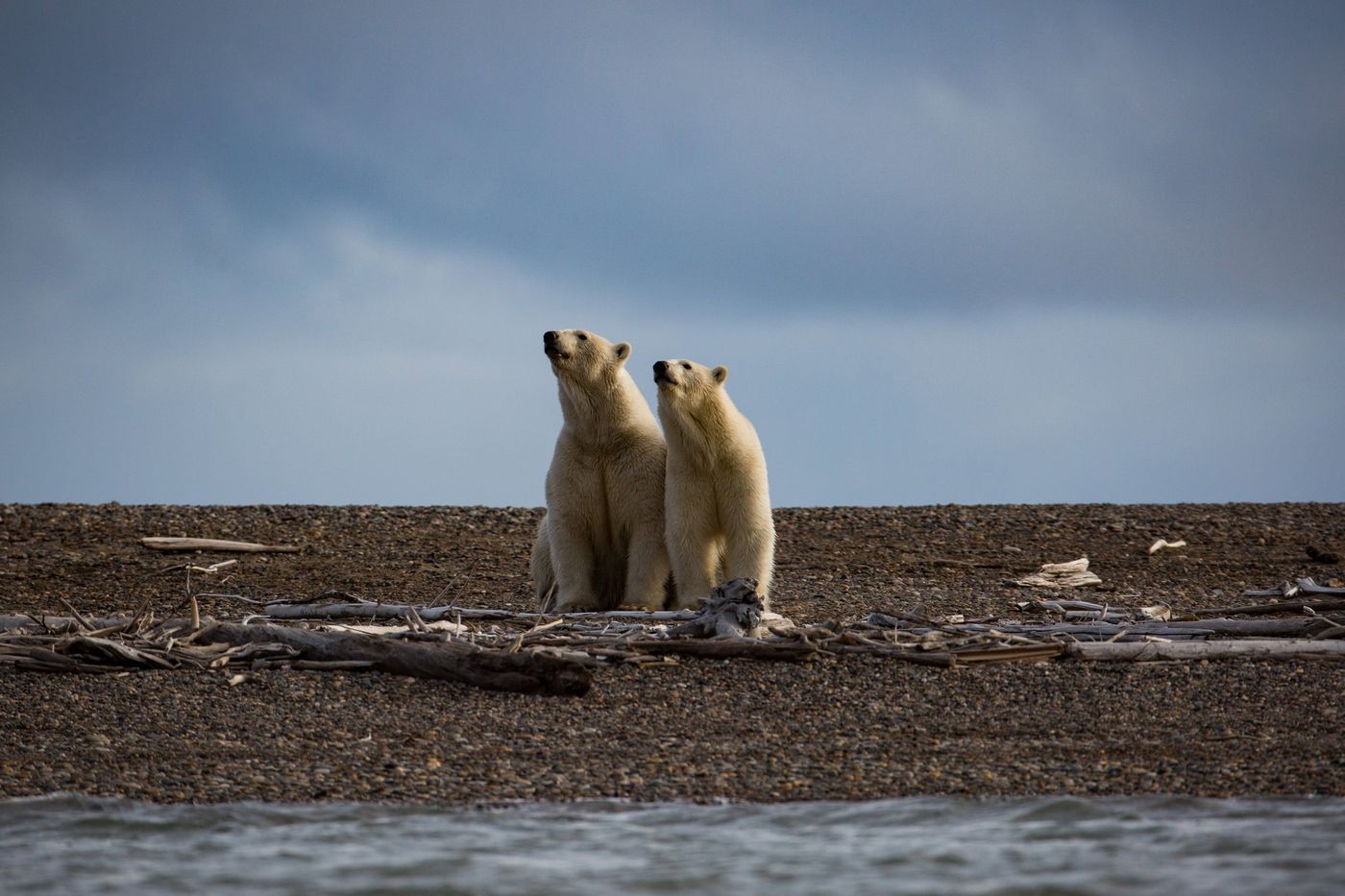To drill or not to drill: the Arctic
Here’s something you may not have known that the new tax bill is hiding: drilling in the artic. Now, no matter your opinion on the new tax bill, did you realize that it would open up 2,000 acres of Alaska’s Arctic National Wildlife Refuge (ANWR) up to drilling for oil?
ANWR was first protected by President Dwight D. Eisenhower over 50 years ago and the refuge has since been hotly debated over. Home to 45 species of land and marine mammals and over 200 species of birds from all over the world, ANWR is about as biodiverse as the Arctic gets. One part of the refuge in particular on the coastal plain, called 1002 Area, has the most polar bear dens in Alaska and gives habitat to muskoxen, Arctic wolves, foxes, hares, dozens of fish species, and migrating waterfowl. 1002 Area is also home to the Porcupine Caribou herd’s calving ground. For the obvious reasons of wildlife conservation, all presidents and Congresses since 1960 have leaned towards continuing protection of “America’s last great wilderness.” Until now.
As a part of President Trump’s plan to push oil, the tax cut seemed the perfect place to slip in this ANWR drilling provision, and it targets just that most biodiverse 1002 Area. According to the White House, oil lease revenues within the refuge is the answer to how to pay for the tax cuts that corporations and the uber-elite will receive with the new bill. The provision also helped get Alaska Senator Lisa Murkowski’s vote; she, along with many other Alaskans are pro-drilling because every state resident would get a yearly dividend from the federal royalty that comes out of the dollar value after oil extraction.
Murkowski is quoted as saying that drilling in the ANWR could generate $1 billion over 10 years from oil leasing. But that number is greatly disputed. According to the Center for American Progress, drilling in ANWR would likely yield no more than $37.5 million over 10 years. And that’s if leases for drilling actually sell. The price of oil is still relatively low and due to the high risks and costs of drilling in an area where there is limited transportation or infrastructure, oil companies may not see 1002 Area as the golden prize.
As one can imagine, this provision has environmentalists reeling. Though Murkowski has repeatedly said that the 2,000 acres of 1002 Area is just one-ten-thousandth of the entire refuge, environmentalists look to history to point towards the region’s extreme fragility. There has been one test well in ANWR; it has now been closed for 30 years and the landscape is still marked, despite attempts to heal the land.

Plus, there are the logistics of an oil spill in such a remote place. Clean-up of a spill would be severely limited by lack of infrastructure, extreme cold, and limited hours of sunlight. Were such a spill to occur, the plants and animals would likely be left to their own botched survival. Especially since the EPA recently got rid of the rule stating that mining companies have to clean up pollution.
One environmentalist put it this way: “You can have the oil. Or you can have this pristine place. You can’t have both. No compromise,” said Robert Mrazek, ex-chair of the Alaska Wilderness League.
Nevertheless, not all hope is lost for ANWR; proposals from oil leasing companies will be subject to intense environmental vetting and environmental groups are certain to put up a fight against said companies.
Sources: The Guardian, DeSmog Blog, Center for American Progress, LA Times









